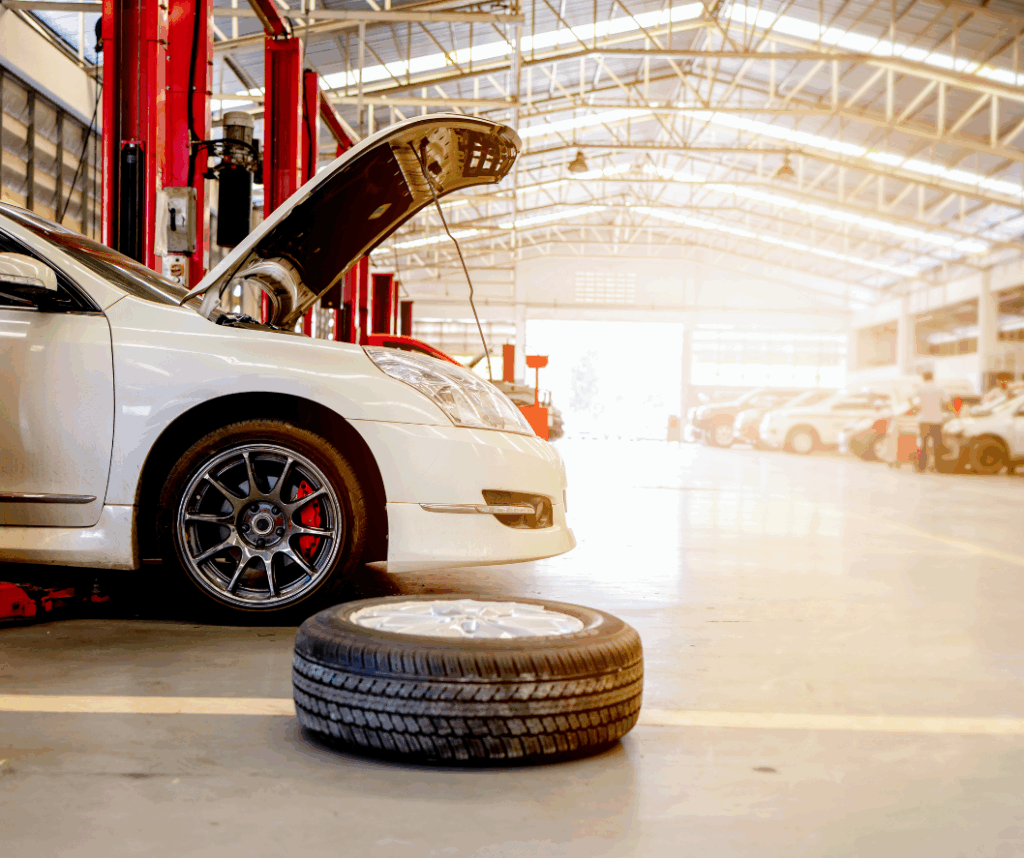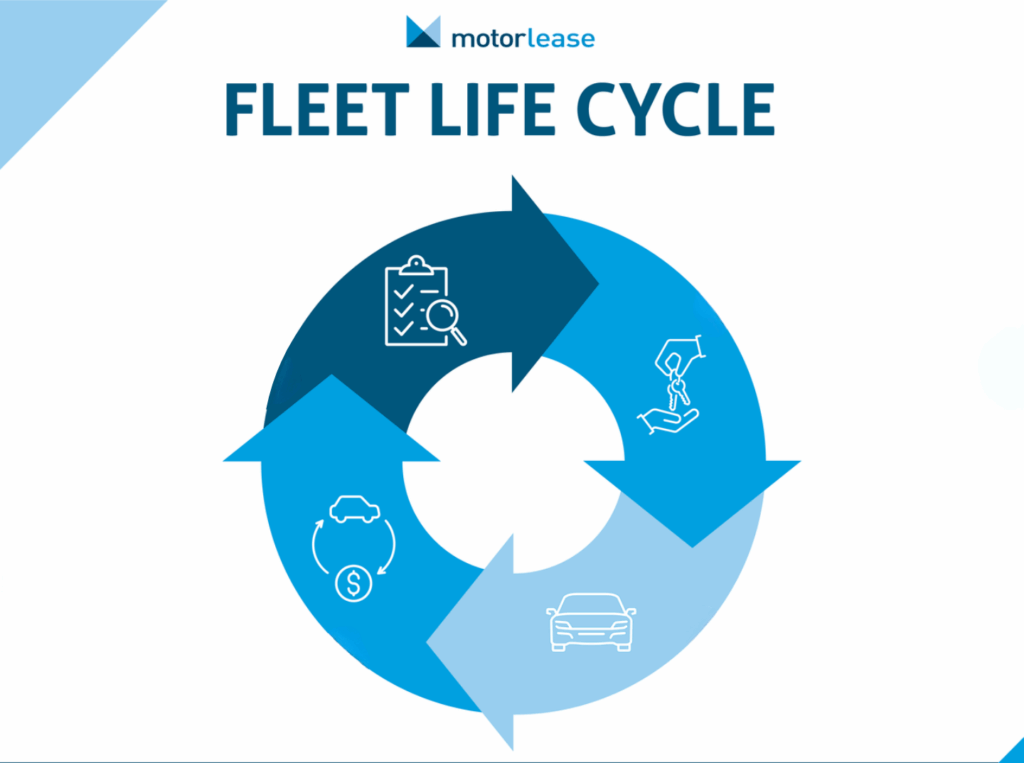From seat belts to airbags, anti-lock brakes to electronic stability control, vehicle safety technology is continually evolving. As technology continues to advance, manufacturers are leveraging that progress to make vehicles safer than ever before. Here are 4 advanced safety features currently being offered in newer model vehicles, and an explanation of how they work.
In This Article
Blind Spot Information System (BLIS)
Lane Departure Warning/Assist
Forward Collision Warning Systems (FCWS) & Automatic Emergency Braking (AEB)
Adaptive Cruise Control
Blind Spot Information System (BLIS)
One of the first things that you’re taught when learning to drive is to always check your blind spots before changing lanes. What that meant was physically turning your neck to check for other vehicles, thus taking your eyes off of the road in front of you, which could be quite dangerous. A Blind Spot Information System uses cameras and sensors to give you a visual and audible warning when a vehicle appears in your blind spot. These warnings usually appear either on the side-view mirror, or on the dashboard, allowing the driver to keep their eyes on the road ahead.
Lane Departure Warning/Assist
As much as you try to minimize them when you’re behind the wheel, distractions still pop up. Whether it’s your kids, your phone, the radio, or anything else, from time to time, we all catch ourselves not paying enough attention to the road. This often leads to our vehicle drifting out of our lane, resulting in a potentially hazardous situation for yourself and other vehicles. Lane Departure Warning/Assist Systems aim to eliminate that danger. If your vehicle begins to drift out of your lane without using a turn signal, a Lane Departure Warning System will give you a visual and audible heads up so that you can safely correct yourself back into your lane. Some vehicles even go so far as to send haptic warning signals such as a vibration in your seat to alert you.
Taking it a step further, some vehicles are also equipped with Lane Departure Assist, which in addition to the audible and visual warnings, will correct the vehicle through steering or braking if it begins to drift out of the lane.
Forward Collision Warning Systems (FCWS) & Automatic Emergency Braking (AEB)
Forward Collision Warning Systems use cameras and sensors to monitor your speed, the speed of the vehicle or object in front of you, and the distance between your vehicle and the other vehicle or object. If you’re approaching another vehicle or object too fast, and the system detects that a collision may be imminent, the system will provide a warning (usually audible, haptic, and visual) to allow the driver time to apply the brakes safely to prevent, or lessen the impact of, a crash.
Additionally, select vehicles also couple their Forward Collision Warning Systems with Automatic Emergency Braking. Should a forward collision warning be triggered, but not acted upon quickly enough, or with enough force, the vehicle’s Automatic Emergency Braking feature will take over and apply the brakes to prevent a crash.
Adaptive Cruise Control
Cruise control is a wonderful feature, especially for those who spend a lot of time out on the road. However, the problem with cruise control is that maintaining a constant speed only helps if others are as well. That’s where Adaptive Cruise Control comes in. Adaptive Cruise Control allows you to not only maintain a set speed, but a set following distance as well. If a vehicle in front of you begins to slow down, the adaptive cruise control will slow your vehicle down as well in order to maintain a safe following distance.
For more information on how your company can introduce advanced safety technology into its fleet, contact Motorlease today at (800) 243-0182 or info@motorlease.com.













